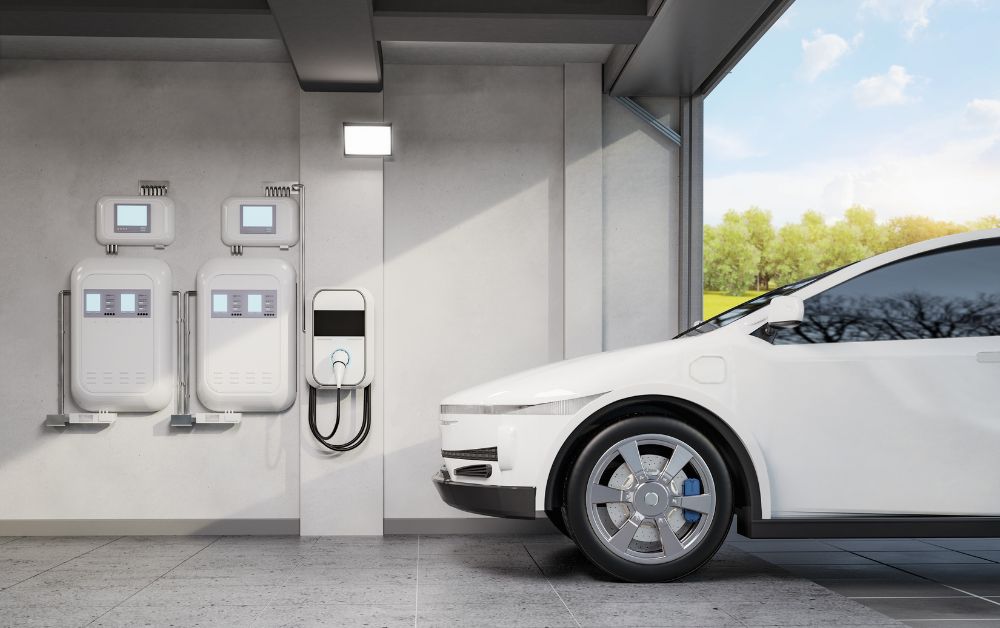Are you considering the purchase of an electric vehicle (EV) in 2024? The latest buzz surrounds the possibility of securing up to $7,500 in federal tax credits. However, here’s the twist: with the imminent rule changes on January 1, uncertainty looms over whether the vehicle you have your eye on will still be eligible.
Understanding the Changes Effective January 1, 2024
As of 2022, the Inflation Reduction Act (IRA) introduced a tax credit system aiming to boost American EV adoption and encourage the development of EV supply chains outside of China. The criteria involve building the EV in North America and adhering to specific income caps for the buyer.
Rule One: Battery Components
Currently set at $3,750, the credit hinges on having at least 50% of the car’s battery built in North America. However, come January 1, 2024, this requirement escalates to 60%, with subsequent annual increments until 2029.
Rule Two: Battery Minerals
Another $3,750 credit is tied to the battery containing at least 40% minerals sourced from the U.S. or a country with a free trade agreement. This threshold increases to 50% on January 1, 2024, continuing to climb annually until reaching 80% in 2027.
Impact on the Automotive Industry
Since the IRA’s enactment, automakers have been gradually shifting their supply lines outside of China to comply with these regulations. The slow but steady process aims to make EVs more affordable, as the tax credit significantly affects the final price.
Potential Eligibility Changes and Automaker Responses
While the law drives automakers to adapt, predicting which EVs will maintain tax credit eligibility remains challenging. Automakers are tight-lipped about their future qualifying vehicles, leaving consumers in suspense.
Immediate Changes: Uncle Sam’s Down Payment Assistance
A notable change taking effect on January 1, 2024, is the ability for buyers to instantly use the tax credit as a down payment. The federal government will transfer the credit directly to the dealership, eliminating the need for buyers to wait until tax season.
Lease Loophole and Ongoing Uncertainties
For those leasing an EV, the IRS continues to allow full credit eligibility, regardless of where the car is built or where its battery originates. However, for potential buyers, there’s a looming possibility of a price increase of up to $7,500 on January 1, with uncertainties surrounding when it might decrease again.
In summary, the 2024 EV tax credit landscape is undergoing changes that could impact your purchasing decisions. Stay informed, as eligibility might shift throughout the year, presenting opportunities for savvy shoppers.










